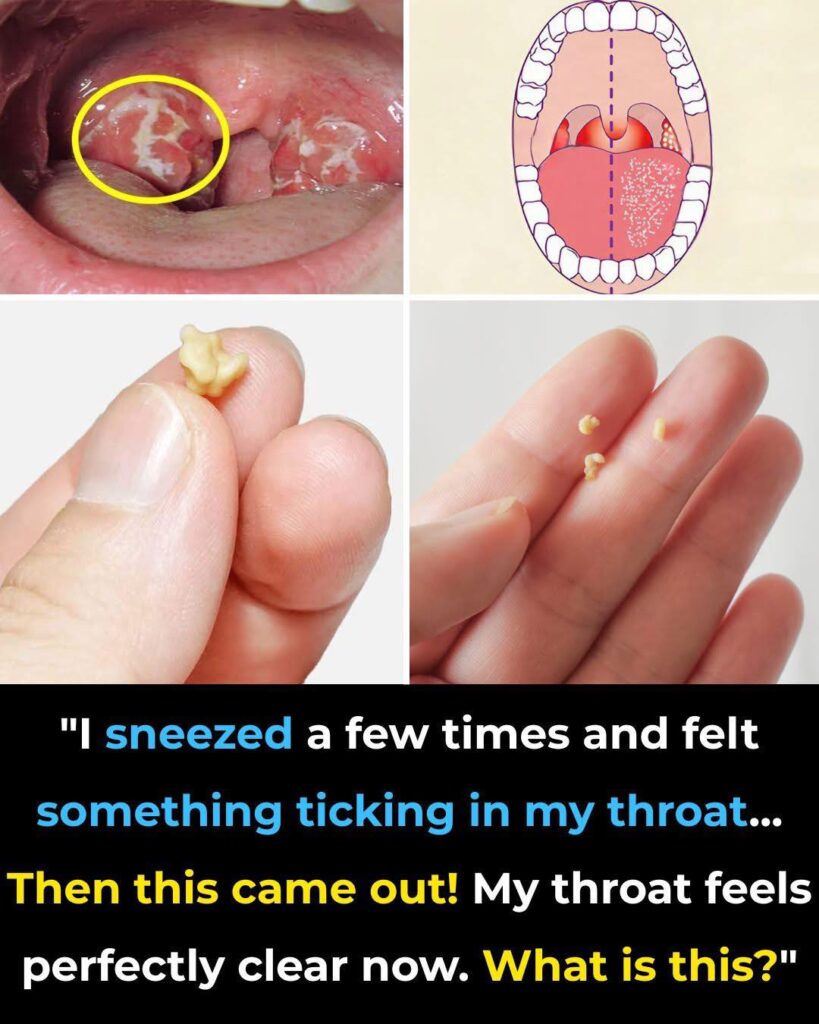
✅ How to Manage Tonsil Stones
1. Practice Good Oral Hygiene
Brush twice daily
Floss daily
Use an antibacterial mouthwash (like chlorhexidine or cetylpyridinium chloride)
Gargle with warm salt water — helps loosen debris and reduce bacteria
Stay hydrated — dry mouth increases risk.
2. Gentle Removal at Home
If a stone is visible and loose:
Use a cotton swab or clean finger
Gently press around the area (not directly on the stone)
Aim toward the center of the mouth to avoid gagging
⚠️ Never dig aggressively — you could injure your tonsil tissue or trigger bleeding.
3. Use a Water Flosser (Low Pressure)
A low-pressure oral irrigator can help flush out crypts — use carefully to avoid pushing debris deeper.
Ideal for people with frequent stones.
4. Consider a Neti Pot or Nasal Rinse
If postnasal drip contributes to your stones, saline rinses can reduce mucus buildup.
When to See a Doctor
Most tonsil stones don’t need medical treatment — but seek care if:
Stones keep coming back despite good hygiene
You have chronic pain, swelling, or difficulty swallowing
You suspect infection (fever, redness, pus)
You’re considering tonsil removal due to recurring issues
Options include:
Professional removal
Antibiotics (if infected)
Laser cryptolysis (to smooth tonsil surfaces)
Tonsillectomy (only in severe cases)
Final Thoughts
You don’t need to be ashamed of tonsil stones.
They’re not a flaw.
They’re not a disease.
They’re just part of how some bodies work.
So next time you find one…
don’t panic.
Rinse.
Gargle.
Take care.
Because real wellness isn’t about perfection.
It’s about caring for yourself — quietly, consistently, and without judgment.
And that kind of peace?
It starts with one deep breath — and a little less worry